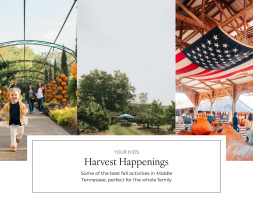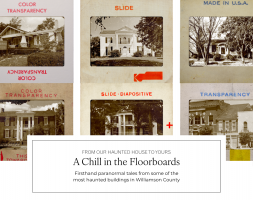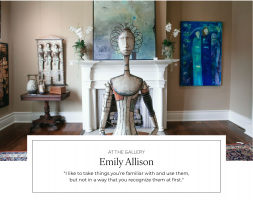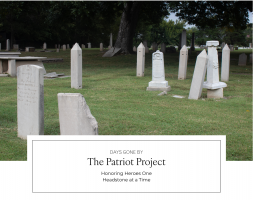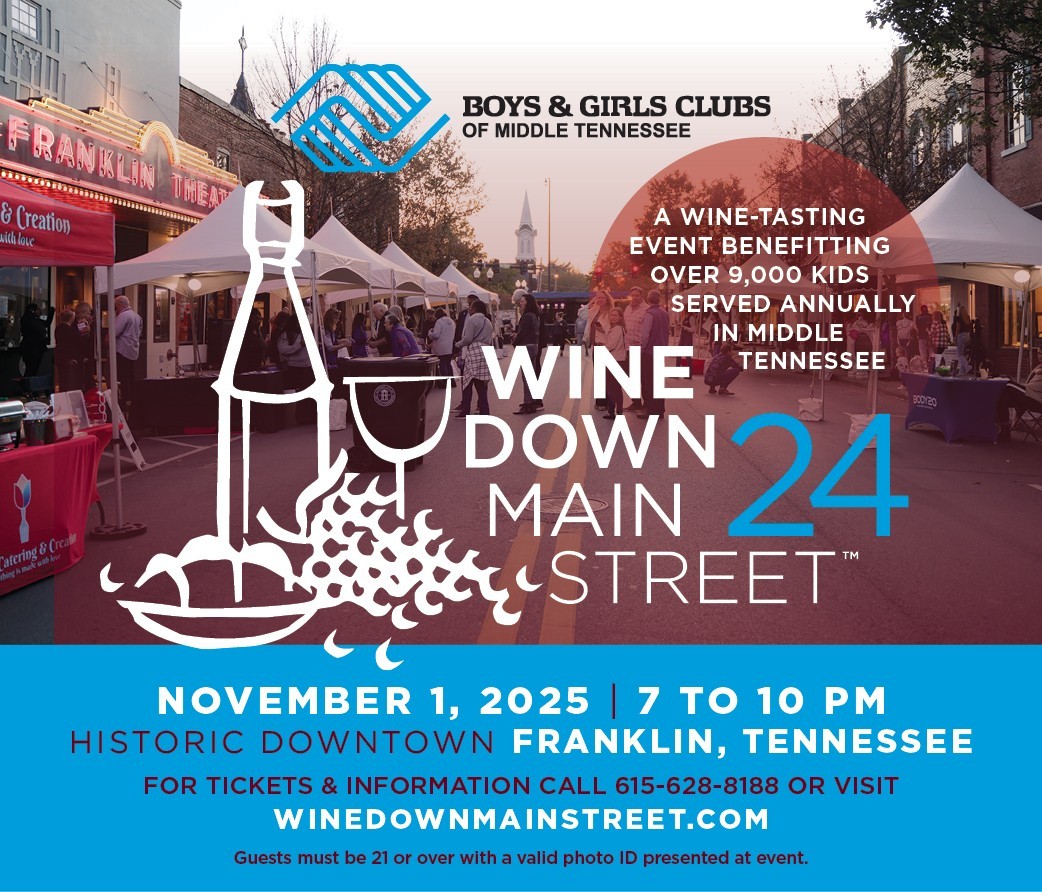By Shayna Hobbs | Arts and Education Outreach Lead, Native American Indian Association of Tennessee
There is rich Native history that runs deep through Williamson County. Nearly one thousand years ago, the Indigenous people of this area lived in a bustling community of villages and farms. Old Town was one of these places, complete with large earthen mounds close to 2470 feet in length, which the Natives used for various purposes. Being right on the Big Harpeth River provided the people with an endless supply of water. Old Town was the central hub for tribal government and sacred spirituality, a place for Natives to create various forms of art, raise their families and to live in harmony with animals, nature and the land. It was occupied from roughly 900 to 1450 AD, and the property is listed on the National Register of Historic Places.
The Glass Mounds site in Franklin is another sacred Native site from the Middle Woodland Period, about 2,000 years ago, and featuring two burial mounds. It was once a significant Native town with four mounds, but has faced challenges like looting, 19th century excavations, and disruption from phosphate mining in the mid-20th century. It stands as the only mound complex in the Cumberland River drainage of middle Tennessee and the only Tennessee site where copper panpipes have been found.
The Mississippian period was a time when Native American societies were at their most complex, creating art using their excellent skills in craftsmanship, cultivating the land and living in prosperity. But, when Europeans arrived in the 16th century, things changed a lot. Diseases brought by the Europeans, and European trade, literally destroyed the Natives authority structures, which led to the collapse of Native chiefdoms, and eventually populations went down. This marks the transition from ancient times to documented history, where tribes like the Cherokee, Yuchi, Shawnee, Creek, Choctaw and Chickasaw began to come on the scene and operate in the framework of a new nation. Williamson County continues to reap the rewards of its Native predecessors who cherished and loved the land, planted seeds both in the soil and in spirit, celebrated with songs and dances, and created wealth. They established a foundation that benefits all Tennessee residents today.

The Native American Indian Association of Tennessee (NAIA) is a nonprofit organization that began in 1980 with a mission to improve the lives of Natives in Tennessee. Tennessee has no reservations because of the Indian Removal Act of 1830 (a.k.a Trail of Tears) which was enforced by Andrew Jackson. NAIA addresses the needs of Native Americans in Tennessee. They offer job scholarships, education, community and services for housing and healthcare for Natives.
NAIA is the only statewide nonprofit of its kind, representing over 30,000 Natives in Tennessee. They host the Tennessee Indian Education Pow Wow every October, where Native Americans from across the country come together to share their culture. This event is open to everyone interested in experiencing festivities, including authentic Native food, arts, crafts, live demonstrations, music, dancing and storytelling. Native people have lost their homes and lands, leaving them without a central gathering place in Tennessee since 1838. To address this, NAIA is raising funds to build a Circle of Life Cultural Center on Bell Road. The center will house NAIA’s administrative offices, preserve Native history and traditions and provide a space for the Native community, featuring a library, art museum, gift store, walking trails, sculpture gardens and an amphitheater for music. It will offer job training, education, cultural classes, Native art and music, as well as opportunities for events, community and celebration. The vision is to provide Native Americans in Tennessee with a place of significance for the first time since their removal.
Celebrate Natives by connecting with your local Native community. If you’re not sure how, consider getting involved with NAIA. They offer events, volunteer opportunities, and appreciate any support or donations for the upcoming Cultural Center. Support Native artists, musicians, entrepreneurs, chefs and creators as invisibility remains a significant challenge for Native lives and livelihoods. To combat erasure and systemic racism, not only educate yourself on Native history but also engage with the current Native narrative and contribute to making Natives more visible. They are a people who are still here and have so much wisdom, beauty, humor, creativity, spirituality and healing to offer.

To learn more about NAIA and how you can get involved click here: https://naiatn.org
Meet the Writer
Shayna Miller Hobbs is from the Stockbridge-Munsee Mohican nation. She grew up in Williamson County, but calls Nashville home. She is the Arts Education Outreach Lead at NAIA, and is a speaker, educator, healer, artist, musician and entrepreneur. Her love for her people and the arts is what drives her, and with a lifetime of working with those on the Autism Spectrum and those with disabilities, Shayna is truly passionate about empowering all people to be seen, have a voice, and express themselves through creation. You can find out more about her art and music: www.vonalisa.com




.jpg)




